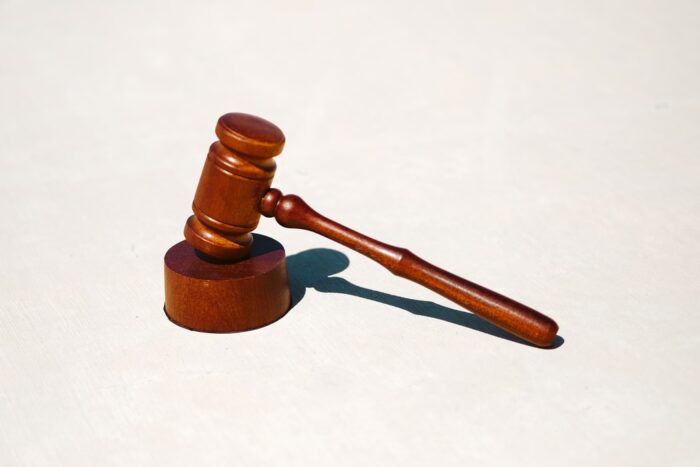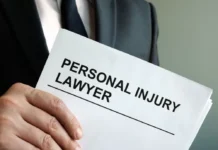
Restraining orders are issued to protect victims from domestic violence. A person who supposedly is the abuser is ordered by the court to cease contact with the victim to prevent further abuse.
A Restraining order in New Jersey is issued for acts of violence like assault, harassment, sexual abuse, etc. A temporary restraining order is first issued and then after trials, it’s decided if one will be permanently restrained. Click here for more details.
These orders are mostly against family members, or relatives or a sexual partner. Sometimes even strangers who are stalkers can be restrained.
Emergency orders can also be issued for cases requiring immediate attention and protection.
Temporary restraining order

When one complains locally, the police contacts a municipal court Judge who determines eligibility and issues Temporary Restraining order. The defendant is notified of the order and a hearing is scheduled within 10 days. If the defendant possesses arms, law enforcement seizes them too.
A temporary restraining order helps in the following manner:
- Prohibits the defendant from coming in contact with the victim and the visiting scene of violence.
- Police confiscate any firearm or weapon in possession of the defendant.
- Anything that the defendant takes care of like a pet, child, or the victim is taken away. Judge might take temporary custody of the children.
An attorney can help avoid the consequences of a final restraining order. When issued with a TRO, make sure you follow all the orders, retain an experienced lawyer, and begin preparing for the FRO.
How to file a Temporary Restraining order

The TRO must be filed in the district or country where the abuse occurred or where the abuser resides. Today, with most of the stuff available online, online forms are also available. Some courts have centers where trained staff can assist with form filling. The form needs to contain a detailed report of what happened.
Judges don’t simply approve your request and might interrogate you before signing the petition. Form filling is usually free of cost. Make sure you provide precise, clear information. This form generally suffices to temporarily restrain the defendant from coming in contact with the plaintiff.
Final restraining order
Final restraining orders are issued after Temporary Restraining orders have been justified. The defendant is allowed to have an attorney and can present witnesses and evidence that prove his innocence. The judge hears all and after contemplating; decides on a Final restraining order.
When the judge recognizes the case qualifies as domestic violence under the act, the defendant has been proven to have caused violence and there has to be instant restraining; then the final restraining order is issued.
This helps in the following manner:
- Forbid further chances of violence by keeping the victim away from the defendant
- Taking responsibility for minors to ensure their safety.
- Providing financial support -rent, mortgage, etc.
After the final restraining order is passed, the defendant’s life may be greatly affected. He might have to change jobs, leave his residence, lose child custody, etc.
How to file a Permanent Restraining Order

A Permanent Restraining order often follows a Temporary Restraining order. Once the Temporary restraining order is passed, the Defendant is informed of it, and he can prepare for his defense. Even the defendant has equal opportunity to choose an attorney and stand before the court to prove his point of view. Generally after this, either the case is settled outside the court by the defendant providing monetary compensation to the plaintiff or it goes to the court. Once it goes to court the proceedings begin.
The first step is selection of the jury. After this, both the plaintiff and defendant put forth their opening statements following which they justify their claim. Evidence and witnesses are brought before the court by each to prove their claims. A closing statement comes at the end of the trial. The jury and judge then evaluate the case. During this time, they are not allowed to come in contact with any outsider who might change their thoughts. They collectively come to a verdict after which the defendant is either charged guilty or not based on the evaluations. After this a Permanent Restraining order is accepted and passed. A higher court can be approached in case the plaintiff or defendant feels the judgments were not just.
Factors That Might Affect a Court Proceeding

The court proceedings can take a drastic turn suddenly. A few aspects that might affect a court proceeding are-
- Facts of your case: Facts of your case are undeniably a major cause of determining the results. Since both the defendant and plaintiff are given equal opportunities, the facts become very clear to the court. They largely determine who is guilty and who isn’t.
- Attorney: Your attorney represents you. And the way you represent your case decides you winning or losing it. A proficient attorney through expertise, strategies, and research can ensure your success.
- Judge: Different judges function differently. The judge allotted for your case can also affect the verdict.
- Opponents involved: The opponents can be compromising and settle things easily or be unwilling to compromise and pull the case into further severity.
- Criminal history: The criminal history of defendant influences the case greatly. If one has no past convictions and a clean slate he can get over the charges but if not then they will be into deeper trouble.
Restraining orders are protective orders. They ensure no one is left unprotected by the law, and everyone feels safe to roam about fearlessly. Judgment isn’t passed without hearing both sides; the plaintiff and the defendant.
After a temporary restraining order, if the defendant justifies his innocence in hearing and proves the other party was making false accusations, he can be saved from further damage, but if the accusations are proven to be correct, there’s no way out. Sometimes restraining orders are to ruin the reputation of a good person, but if it is so, the case doesn’t survive in the court, in the end Truth always wins.
















